Tsonga culture is among the most vibrant in Africa.
People of this Bantu-speaking ethnic group are found in Mozambique, Swaziland, Zimbabwe, and South Africa.
Tsonga people are widely referred to as Xitsonga.
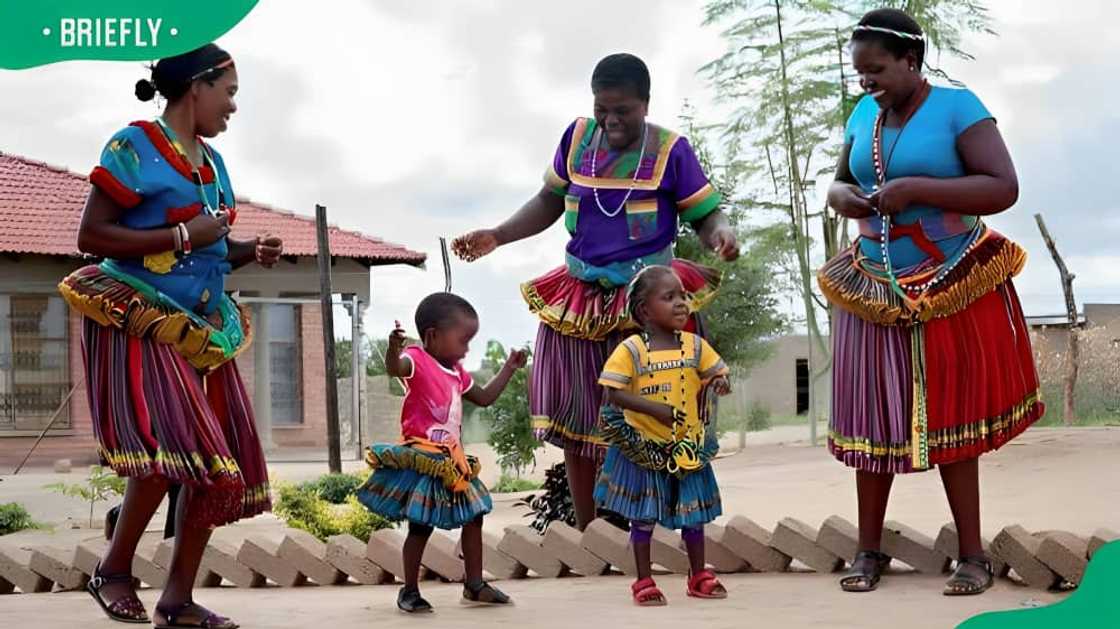
Tsonga women and young girls dancing. Photo: @TsongaDance (modified by author)Source: UGC
As a result, both old and young people of the Tsonga tribe still honor their traditions and customs.
Tsonga people are known for their colorful traditional clothes that have inspired numerous South African urban wedding designs.
They also haveenergetic rhythmic music, dance styles, nutritious delicacies, and other things.

Read also
Take at Vatsonga cultural practices below.
History of Tsonga culture
Tsonga people speak Xitsonga, a Southern Bantu language.
They initially settled in the Transvaal Province before finding a permanent settlement on the coastal plains of Southern Mozambique.
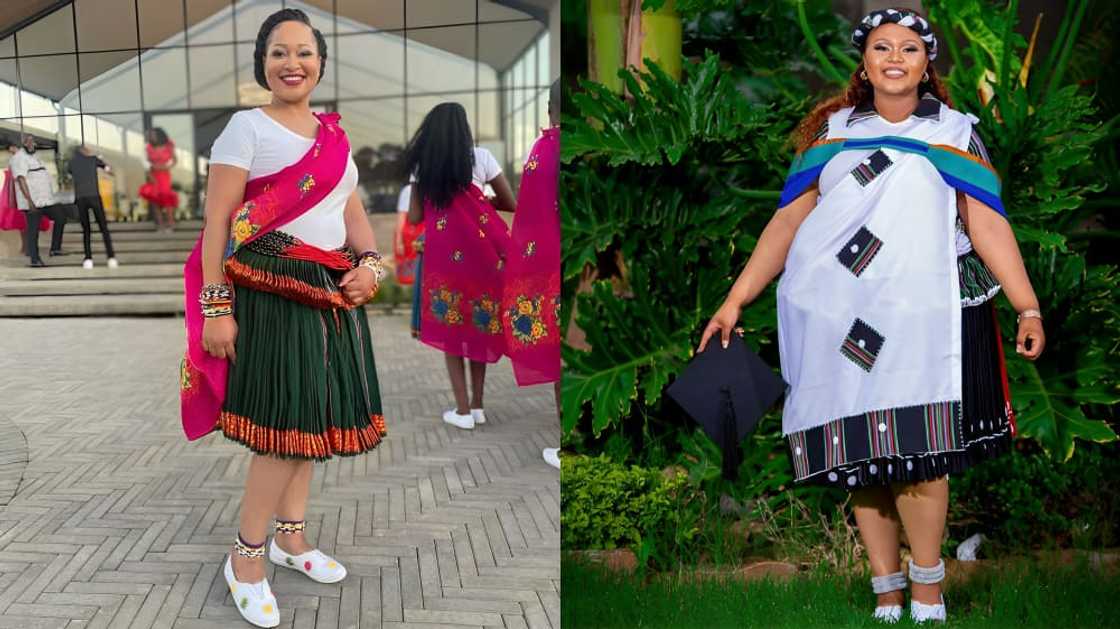
Women wearing traditional Tsonga wedding dresses. Photo: @tsongabrides (modified by author)Source: UGC
These records are inThe Life of the South African Tribe(1912 and 1927) book.
Tsonga language
Tsonga people speak the Xitsonga language, one of South Africa’s official languages.
The language had already developed by the 1500s, originating as the “Thonga” language.

Read also
What are some famous Tsonga traditional dishes?
SABC2’s Married Our Way wedding show: What can you expect?
Tsonga were pastoralists and practiced mixed agriculture.
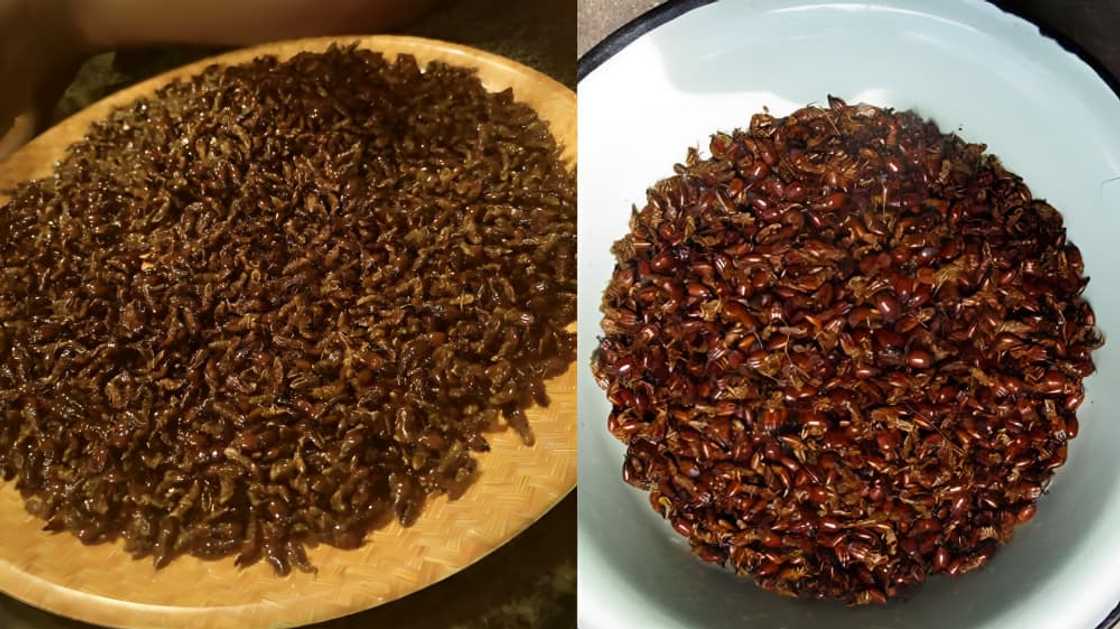
Fried termites - a Tsonga traditional dish. @kmcookingobsession, @shangazine (modified by author)Source: UGC
Women grew food crops and did most of the farm work, while some men grew cash crops.
Most Tsonga men and teenage boys cared for domestic animals (cows, sheep, and goats).
Today, most Tsongas have blue and white-collar jobs in South Africa and Mozambique.
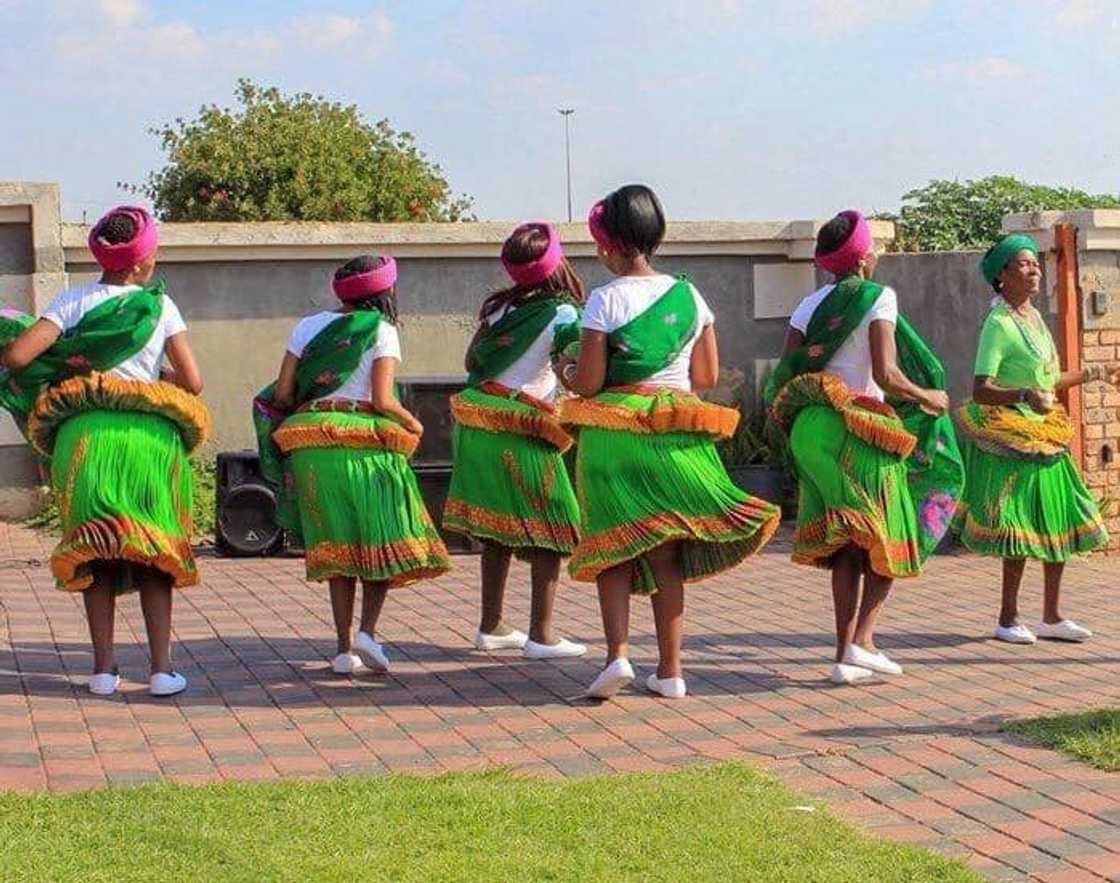
Tsonga women dancing. Photo: @Learning How To Speak Xitsonga/TsongaSource: UGC
Tsonga music and instruments
Vatsonga have a richmusical heritage.
The first recorded Tsongamusicdates back to the 1920s and has greatly influenced SA’s music industry.
Xitsonga music is produced using stringed, wind, or percussion instruments.
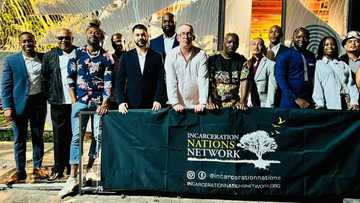
Read also
Meanwhile, the wind instruments are thexitiringo,nangna,mhalamhala, and an antelope trumpet.
Tsonga percussion instruments, the tambourines and drums, produce high-tempo beats.
The Tsomane is one of the commonly used Tsonga tambourines.
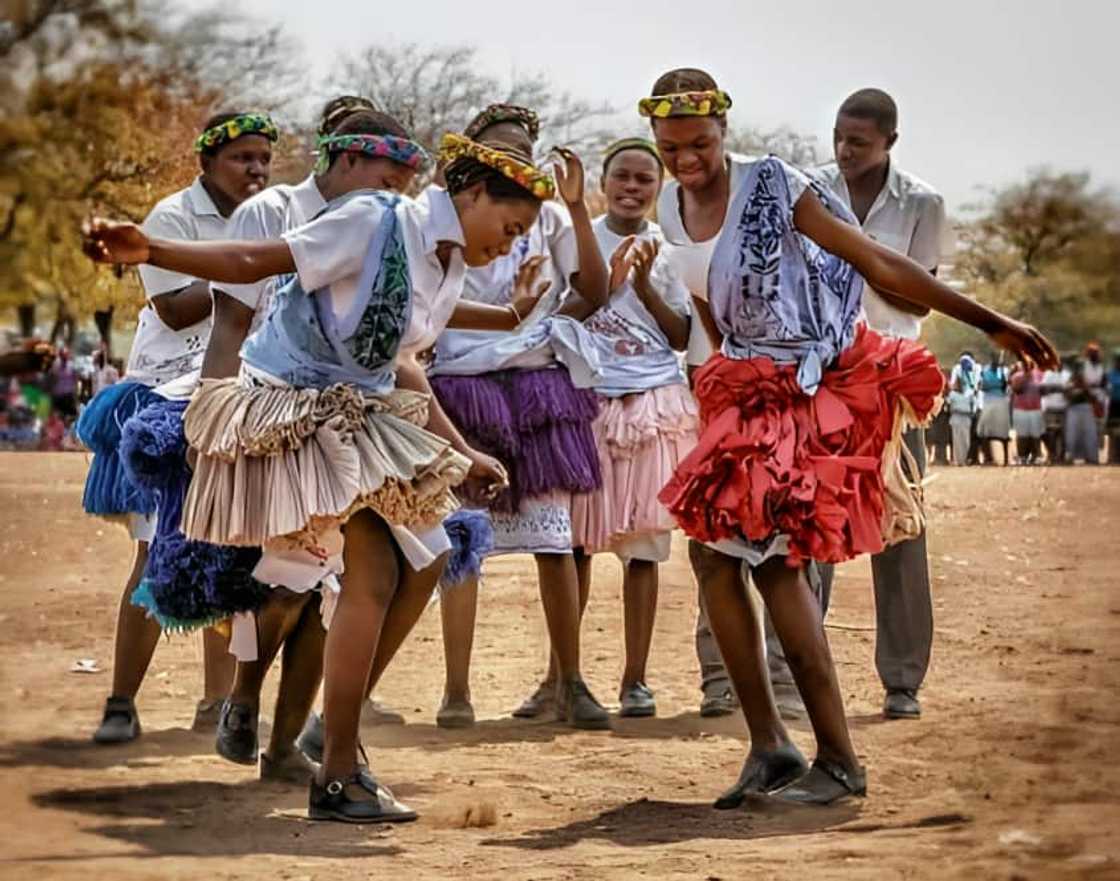
Tsonga people dancing. Photo: @TsongaDanceSource: Facebook
Community healers use it during their ritual healing practices.
Meanwhile, the uniquengomadrum is widely used in festivals to entertain guests.
What is unique about Tsonga people?
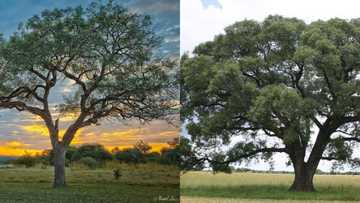
Read also
The community has a lively and movement-filled dance calledxibelani.
It also involves clapping hands and whistling.
Female dancers wear colorful Tsonga traditional skirts calledtinguvuorxibelanimade from wool, grass, and strings.
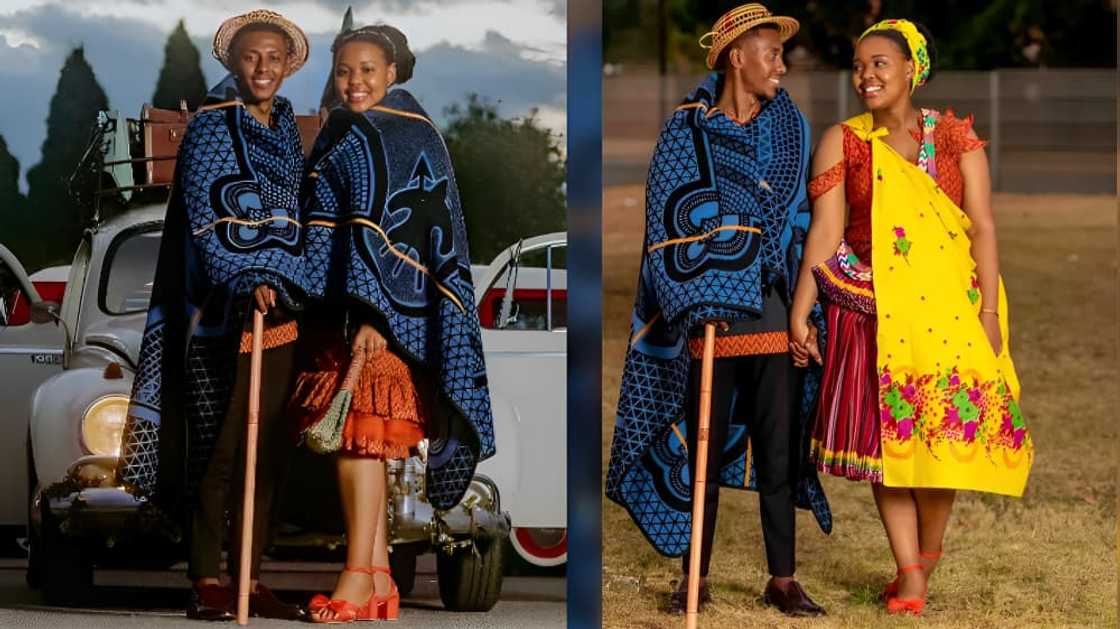
A couple wearing traditional Tsonga wedding dresses. Photo: @EPC Studio (modified by author)Source: UGC
Their colors resemble the Caribbean colors.
Tsonga women’s traditional dance clothes originated from the coastal Mozambique dance style in the 1400s.
The men play instruments while the women sing and dance to the rhythm.
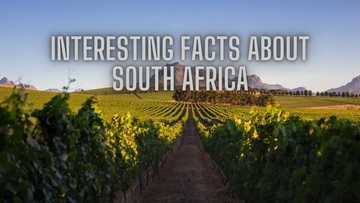
Read also
Currently, the Xibelani dance is performed by most orchestra bands and professional traditional dancers.
What is the Tsonga traditional attire?
Tsongacultural clothingfeatures vibrant and bright shades of pink, yellow, purple, blue, and green.
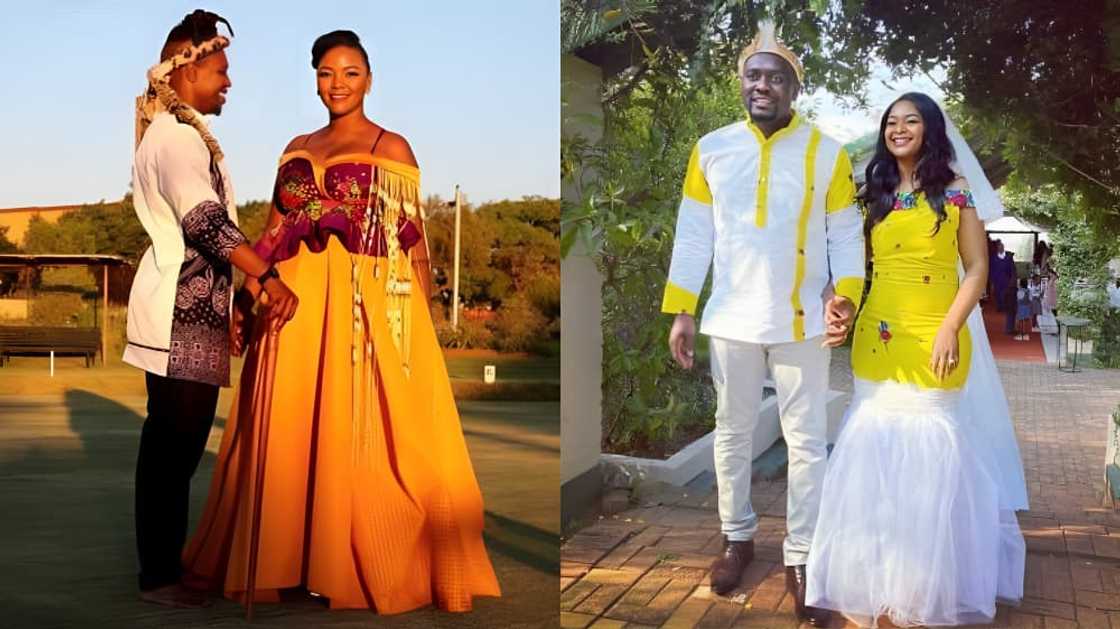
Couples wearing traditional Tsonga wedding outfits. Photo: @tsongabrides (modified by author)Source: UGC
Meanwhile, Vatsonga men and boys wearAnkara print attireor different animal skins and hide during cultural events.
Vatsongatraditional wedding dressesdepict elegance.
Most are brightly colored Ankara dresses inspired by the latest African and Western designs.
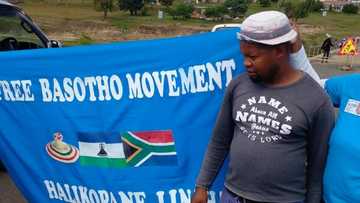
Read also
Today’s fashion designers have perfect color-blocking ideas for each couple that needs their services.
What are the religious beliefs of the Tsonga culture?
Modern Tsonga people mix Christianity and traditionalreligious beliefs and practices.
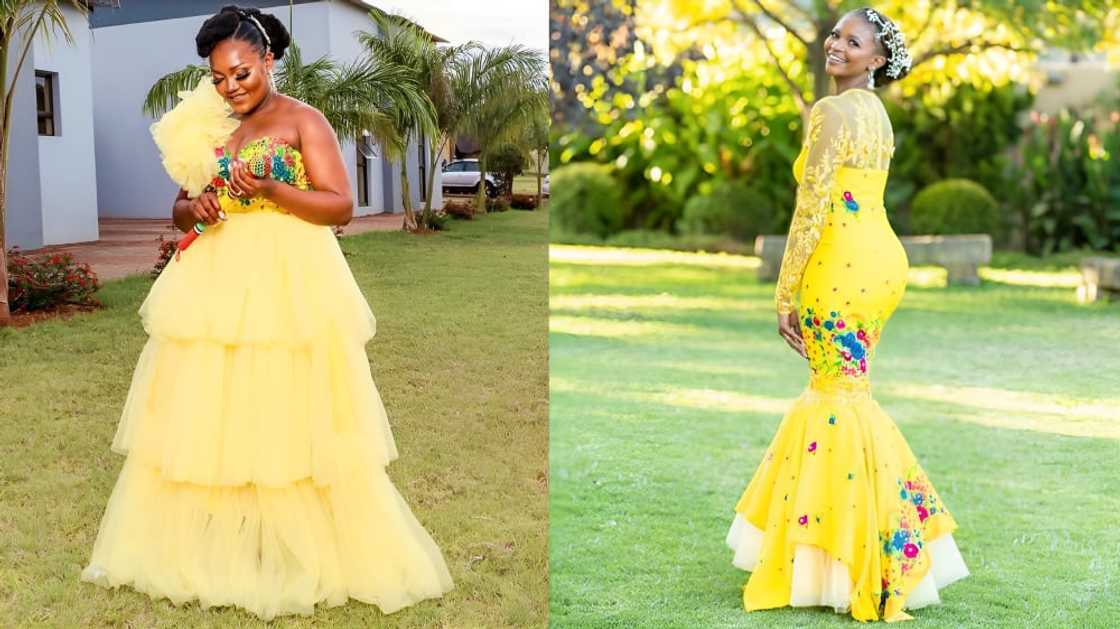
Women wearing Ankara-styled dresses for Tsonga traditional weddings. Photo: @tsongabrides (modified by author)Source: UGC
Nevertheless, most of those in the rural tweaks are deeply rooted in traditional religion.
Tsonga traditionalists believe inxikwembuor ancestors (the singular form ofswikwembu).
Then’anga(Vatsonga traditional healers/diviners) mediate between the living and the ancestors through rituals and sacrifices.
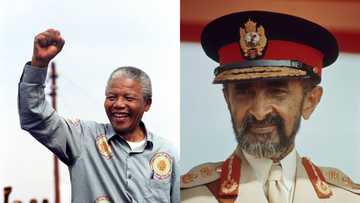
Read also
So, much of their religious life revolves around the leadership and guidance of thenanga.
Later,Nkomo We LwandleandDunga Manzitrained hundreds of male and female diviners.
In turn, the trainees passed down the skills to younger generations.
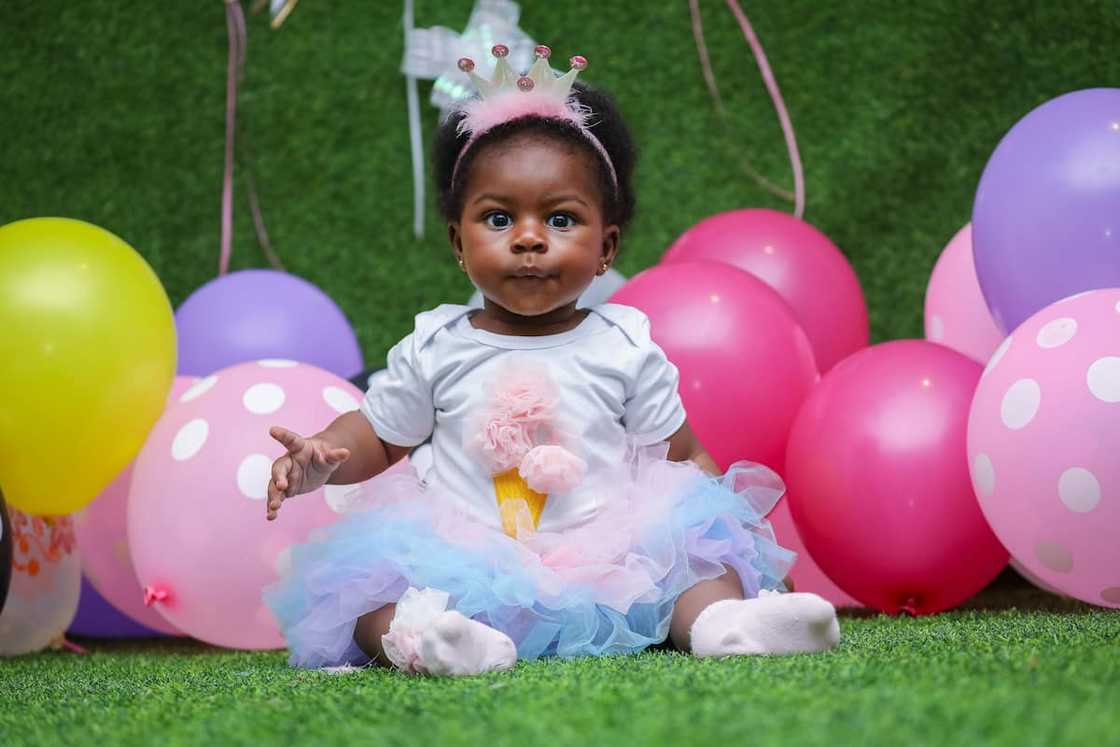
A toddler in a dress sits in front of balloons. Photo: pexels.com, @Amponsah Nii DavidsonSource: UGC
Nevertheless, a father can recommend maidens to his son.
After that, the two families proceed with dowry negotiations through two intermediaries representing each side.
The girl’s family sacrifices a cow for the ancestors as she leaves her father’s home.
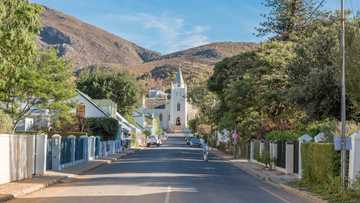
Read also
This is followed by both families feasting at the bridegroom’smuti(homestead).
At this point, the bride’s family officially hands her over to her new family.
The couple is considered formally married.
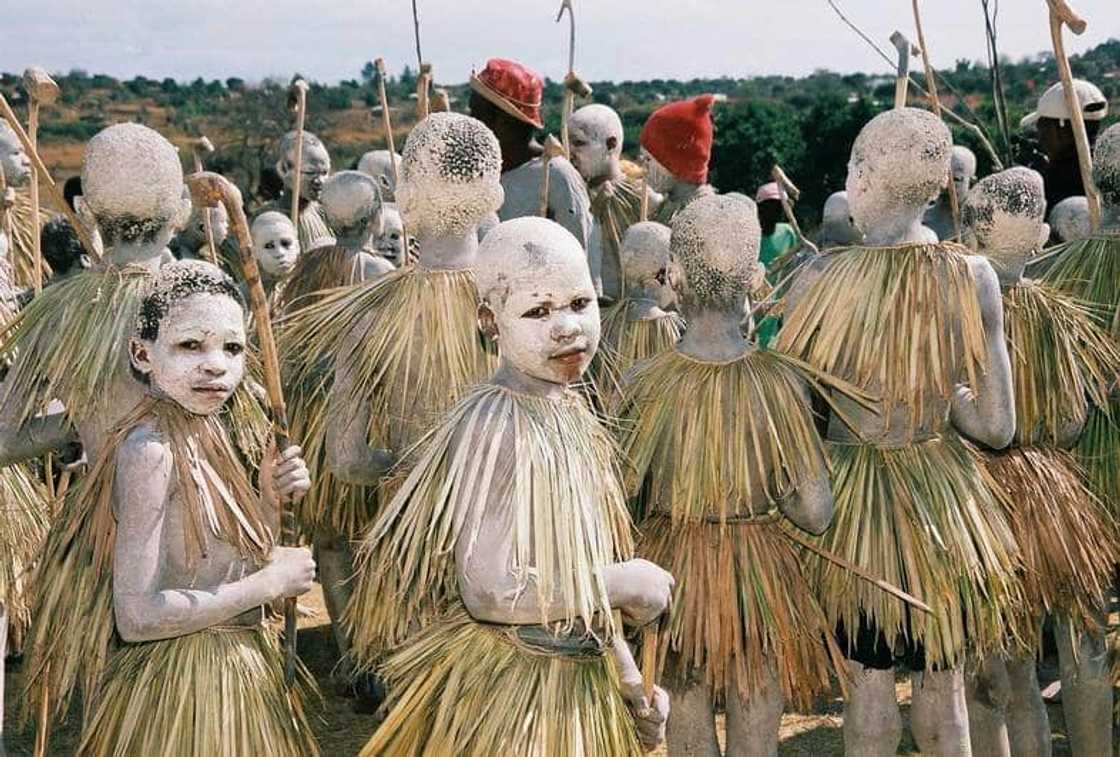
Boys undergoing the traditional Tsonga initiation ceremony. Photo: @DigitalTsongaSource: Facebook
The new wife stays in her mother-in-law’smuti, helping her with house chores.
In turn, her mother-in-law teaches her the customs of the family.
The first wife can also insist on her husband acquiring other wives to enhance her status in society.
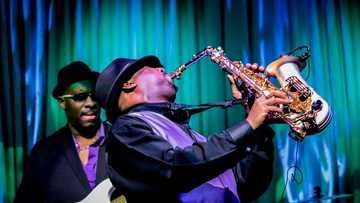
Read also
The wives and children share the workload in themuti.
Vatsonga community gives newborn babies herbal medicines and adorns them with charms and beaded bangles.
The children breastfeed for at least two years.
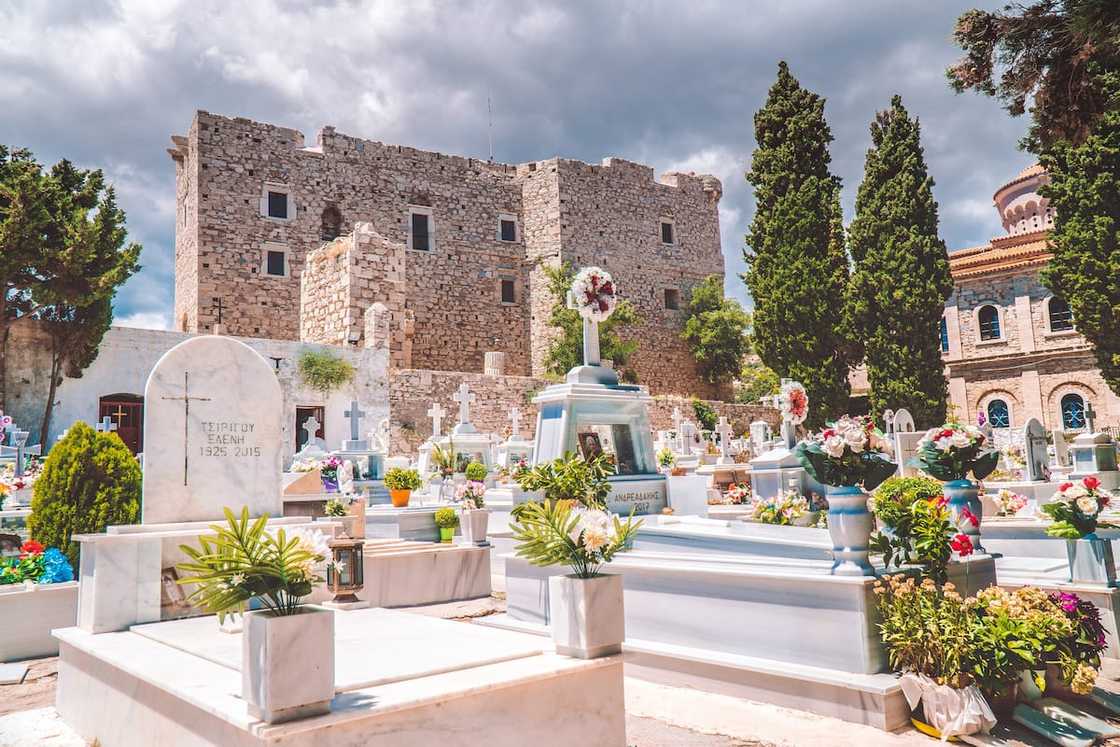
A white-painted graveyard. Photo: pexels.com, @Matthias GroeneveldSource: UGC
After that, the mother and her older daughtersjointly raise a childwhen it starts to walk.
Tsonga children perform domestic duties from an early age.
Both genders are initiated in separate groups, and the initiation ceremony is known asnghomafor males andkhombafor females.
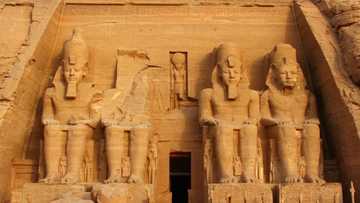
Read also
TheVatsonga initiation ceremonyhappens annually during the winter season.
Initiates-to-be spend a month in the bush, and the public keeps away from the ritual camp.
Intruding is a punishable offense under traditional law.

Read also
Community traditional leaders (chiefs, headmen, and village heads) attend the colorfulnghomaandkhombagraduation ceremonies.
Vatsonga’sdeath and burial culturemainly affects women.
Widows are considered unclean and barred from most social activities for a specific period.
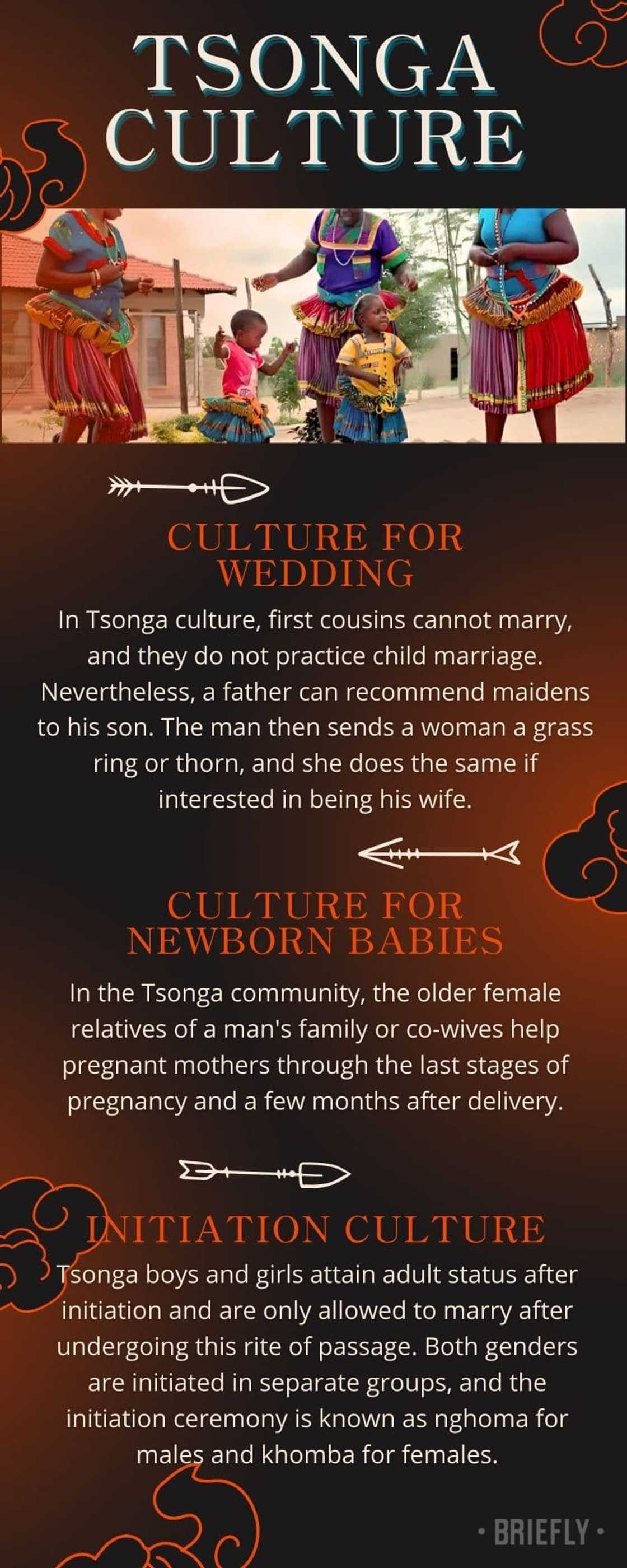
Photo: canva.com (modified by author)Source: Original
Meanwhile, they also keep her company while she goes through the grieving process.
What are popular Tsonga culture and rituals?
The Vatsonga community performs different rituals duringtraditional ceremonies.
What’s more, each ritual has a specific cultural meaning.
Their traditions are important because they are part of who they are and their pride.
Xhosa-speaking people are a Bantu ethnic group whose traditional homeland is primarily the Cape Provinces of South Africa.
They are part of the Nguni people.
The tribe believes in a supreme being calledMdali,Thixo, orQamata.
He previously worked with Ace My Homework before joining the Briefly team in 2017.
With over 5 years of experience in Briefly, Peter has become a remarkable wordsmith.
She has a Bachelor of Commerce & IT from the University of Nairobi and joined Briefly.co.za in November 2019.
The writer completed a Google News Initiate Course.
you’re free to email her at perisrodah254@gmail.com.